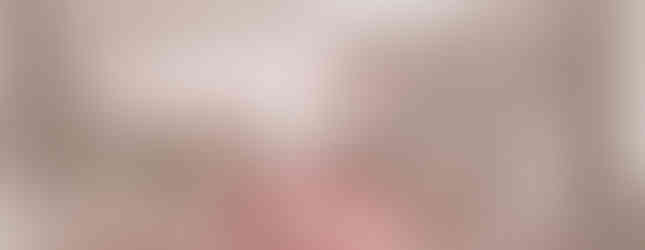- Lilly Smith
- Jul 25, 2022
- 2 min read
Updated: Jun 6
Mental health has become part of the zeitgeist, and we’re seeing that manifest in web aesthetics, too, with calming color palettes, images of natural elements, and more soothing aesthetics achieved with soft light, biophilia, and muted gradients and interstitials.
These more peaceful visuals are in reaction to larger macroeconomic and social trends. In an online ecosystem dominated by economic uncertainty and political unrest, there’s brand appeal in being a soft spot for users to land.
Images 1-3 courtesy Moooi; 4-5 courtesy Flowers for Society; 6 courtesy Block.
"My gut says designers are leaning into calming, zen aesthetics as a response (conscious or otherwise) to the compounding chaos of our time,” says Marla Moore, creative strategy director at design studio Buck. “Every day brings news that throws us further into disarray—so crafting visually soothing motifs helps bring balance to our daily lives. We're manifesting our needs in creative form."
And it’s appearing across sectors. Yes, as expected, we’re seeing the use of soft gradients in the mental health space, like for Brainstream, an interactive film launched by Health Canada. In an adjacent category, Pentagram partner Marina Willer and her team designed mesmerizing circular motion graphics that look like drops of watercolor radiating out from a center point or iris for yoga studio Love Supreme Projects. DTC shaving company Billie also added motion to soft gradients for a variety of social cards. In maybe the most surprising use case, Moore and her team at Buck used the aesthetic for mobile-first payment service Cash App, giving banking some zen appeal with morphing organic shapes made of pastel purple, sherbet orange, and light green.
David Heasty, co-founder at the design studio Triboro, sees the move toward zen graphics as part of the more general color trend; it’s the motion effects designers apply in digital spaces that make it unique. “Although the ‘zen’ style could be seen as distinct, I see it as related to this wider embrace of color,” he says. “The hues are just as vibrant, but the soft transitions of color help ease our nerves in trying times.”
Another way the zen aesthetic is appearing is through the use natural and biophilic elements. Realtor Atelier Realite used natural light and biophilia in its home page visuals, as did furniture company Moooi, Huch luxury cabins, and NFT community Flowers for Society, beckoning users to click through to quieter experiences void of the pings and honking horns of everyday life.

Considering the stress of the past few years, it only makes sense that calming aesthetics are emerging online, beckoning users with the appeal of a visual respite. Just stare into Pantone’s color of the year, a pastel lilac hue (which we dubbed “palliative purple),” and try to tell us you didn’t get a little mood boost.














.jpg)
.jpg)
